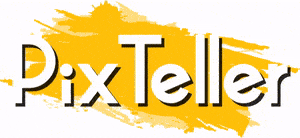Future Trends in Digital Marketing
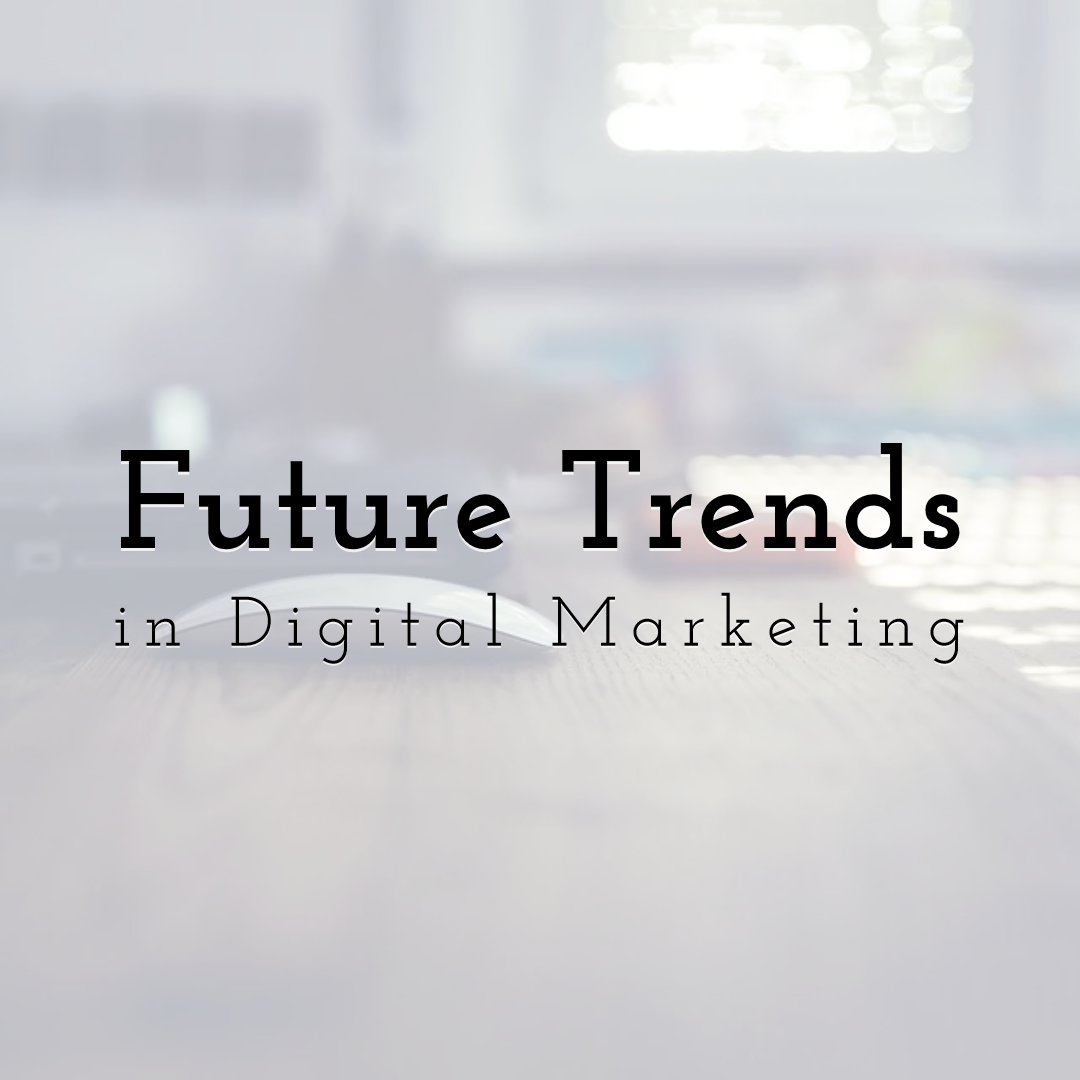
Design trading images and even animations
with PixTeller
graphic maker tool & free animation creator.
Moving rapidly, the continuously changing digital world can be both an exciting and overwhelming environment. A digital marketing agency standing still and not adopting a forward-thinking marketing strategy is destined to fail.
If you don't want to become a digital dinosaur, it is crucial to keep your finger on the pulse on what's currently trending in digital marketing. Here are the digital marketing trends that should be on your radar in 2020 and beyond.
1. Voice Search
While just a few short years ago, voice search would be something we'd expect from a science-fiction movie, it now has become commonplace in our homes. Smart devices such as Alexa, Google Voice, and Siri have transformed how we perform search queries.
We can also expect voice search to become more sophisticated in the short term, so it's undoubtedly a digital marketing trend that you should keep your eye on. It is predicted that voice shopping will rise to $40 Billion by 2022. Remember to consider the keyword phrases that your audience is likely to speak to their device in contrast to what they would type when writing content.
2. SEO Trends
The days of keyword stuffing and sending thousands of links to your website to rank have long gone. With Google continually fine-tuning its algorithms, SEO has become more complex. Strong knowledge of technical SEO is paramount to rank a website organically, with factors such as site speed, structured data, and site security all being important.
Google has already announced that Core Web Vitals will become a ranking signal soon, focusing on-page experience. Suppose you want to stay ahead of the curve. In that case, we recommend this free comprehensive SEO Guide that offers in-depth practical advice on the best Search Engine Optimization strategies to rank your website in 2020 and beyond.
3. Artificial Intelligence
While we won't be replaced by Terminator-style digital marketing robots anytime soon, AI is here, and it's only going to get more prevalent. Many consumers are already interacting with AI and probably don't even realize it when using voice technology and chatbots. Google has embraced many AI technologies, including its machine learning algorithm RankBrain, designed to serve the most relevant content to its users.
AI, won't be replacing us, for now anyway, but serves a useful purpose of automating tasks that can quickly be done by bots while working on the creative and more exciting aspects of digital marketing.
4. Social Media Trends
While Facebook has lost much of its credibility with younger users, other platforms such as TikTok, Instagram, and Snapchat are rising. If you are marketing to an older crowd, you might be okay with Facebook, but you'll need to explore other social media platforms if you target the younger generation.
If you have seen the meteoric rise of TikTok in such a short time, it's always worth keeping your ear to the ground and looking out for new social platforms that have the potential to grow exponentially.
5. Video Marketing
Video marketing is one of the essential areas of digital marketing for today and for years to come. With smartphones being able to stream videos effortlessly, engagement has reached an all-time high and shows no sign of slowing down.
Video content is proven to convert, with 72% of businesses claiming it has improved their conversion rates. The platforms where videos can be shared have grown hugely; you aren't just limited to YouTube but can live stream on Twitch or Facebook or share videos on Instagram or TikTok.
6. Influencer Marketing
Influencer marketing has been trending for a while now, with celebrities endorsing brands or products on social media channels such as YouTube and Instagram.
However, these days anyone can become an influencer as long as they have a large following, and as they are thought of as more authentic, they tend to be trusted by consumers. As the statistics show, 58% of consumers have purchased a new product in the last six months because an influencer recommended it.
7. Chatbots
We've already touched on chatbots briefly when we discussed AI technology. Chatbots can provide a great customer experience as they offer an instant response to any queries through text chat and, less commonly, verbally. As the AI that powers the chatbot collects data from the brand's customers, the insights gathered can continuously improve the service.
8. Content Marketing
Content marketing has always been essential, but since Google released its BERT algorithm update at the end of November 2019, it's understanding of intent and context has advanced considerably.
It can now better comprehend the natural language when users search for queries.
9. Interactive Content
While great content is always going to be important, how people experience it is changing. Interactive content is more dynamic and provides the user with a much more engaging and immersive experience.
Interactive content includes: quizzes, surveys and polls, online calculators, and 360-degree videos to control the camera angle.
10. Augmented Reality
While AR is still in its infancy, it will slowly become more pervasive in the online world. Some companies are already putting it to good use.
For instance, furniture brand Ikea has an AR app that lets you take a snap of a room and use your smartphone to see how IKEA's furniture items would look. The IKEA Place app also allows you to see how the furniture looks from varying angles and different room parts.
11. Email Marketing
While we often hear email marketing pronounced "dead", it still is around and has a great future. If you want to remain competitive, then the same old generic emails won't cut the mustard in 2020.
Personalization is the key to successful email marketing campaigns. 80% of users say that a personalized experience is more likely to do business with a brand.
12. Push Notifications
Browser push notifications are a robust digital marketing method, with over 85% of online stores using them. Push notifications have a higher opening rate than email newsletters and benefit from being opened instantly.
By personalizing and segmenting push notifications, you can increase the open rates further. If you are a Netflix subscriber, you might see push notifications from them to give you personalized recommendations of new movies and shows to watch and new episodes of shows being released.
Understanding your audience and segmenting them by demographics or geo-targeting will help give your customers a more personalized experience and improve your open rates compared to generic push notifications.
13. Google Smart Bidding
Though Smart Bidding has been available since 2016, many businesses are still unaware of its potential. Google is using machine learning to automate bidding strategies that are continually improving and becoming more refined. Google has a vast amount of data available to its users that it can use to analyze and automate bidding in real-time.
Running a campaign will still need some manual input and need to be monitored to ensure that the conversion goals are being met. But automated smart bidding will save time and should improve conversions. Google's use of machine learning is becoming increasingly more powerful, and this data-driven approach to Ad campaigns will only get better as time goes on.
14. Visual Search
While all the talk [pun intended!] might revolve around voice search, one of the recent digital marketing trends is visual search. Social media platform Pinterest leads the way with visual search with their "Lens" using AI. It identifies objects captured by a smartphone or iPhone and suggests related items.
For instance, if you point your 'lens' at a pair of sunglasses, it will tell associated images or other fashion accessories that will go with them. Point it at an item of food, and it will recommend recipes you can prepare with it. Pinterest claims that Lens can recognize over 2.5 billion different objects, primarily in home and fashion.
There is also 'Google Lens' that is similar, but Pinterest is leading the way. With Google Lens, you can take a photo of an item, and it will give you information about it. So if you take a snap of some clothes or furniture, it will find similar items and inform you of where you can purchase them. For businesses in the home, fashion, food, or beauty niche, it's time to optimize for visual search.
Final Thoughts
Digital marketing nowadays is moving at an even faster rate than ever before. This is no time to be standing still. Digital marketers must take advantage of the latest innovations to stay ahead of the competition and thrive.
Consumers have become sensitive to online marketing and expect a much more interactive and personalized experience than ever before. Understanding and immersing ourselves in our target audience's needs and combining that knowledge with the latest marketing technology can keep us at the head of the pack.
Until next time, Be creative! - Pix'sTory made by Janet Dahlen
Recommended posts
-

How Great Images Can be the Secret to Improving Your Website's Ranking
Read More › -
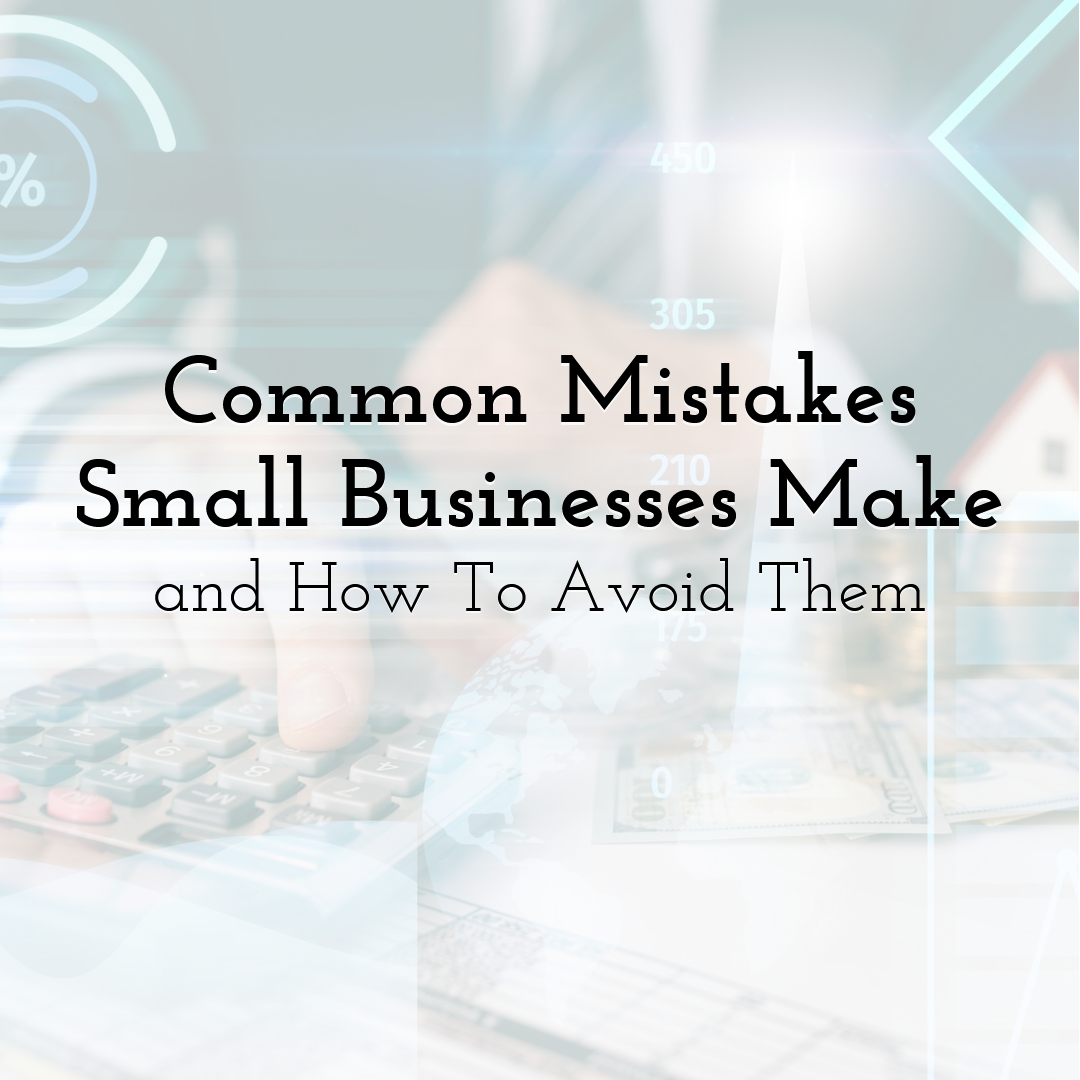
Common Mistakes Small Businesses Make and How To Avoid Them
Read More › -
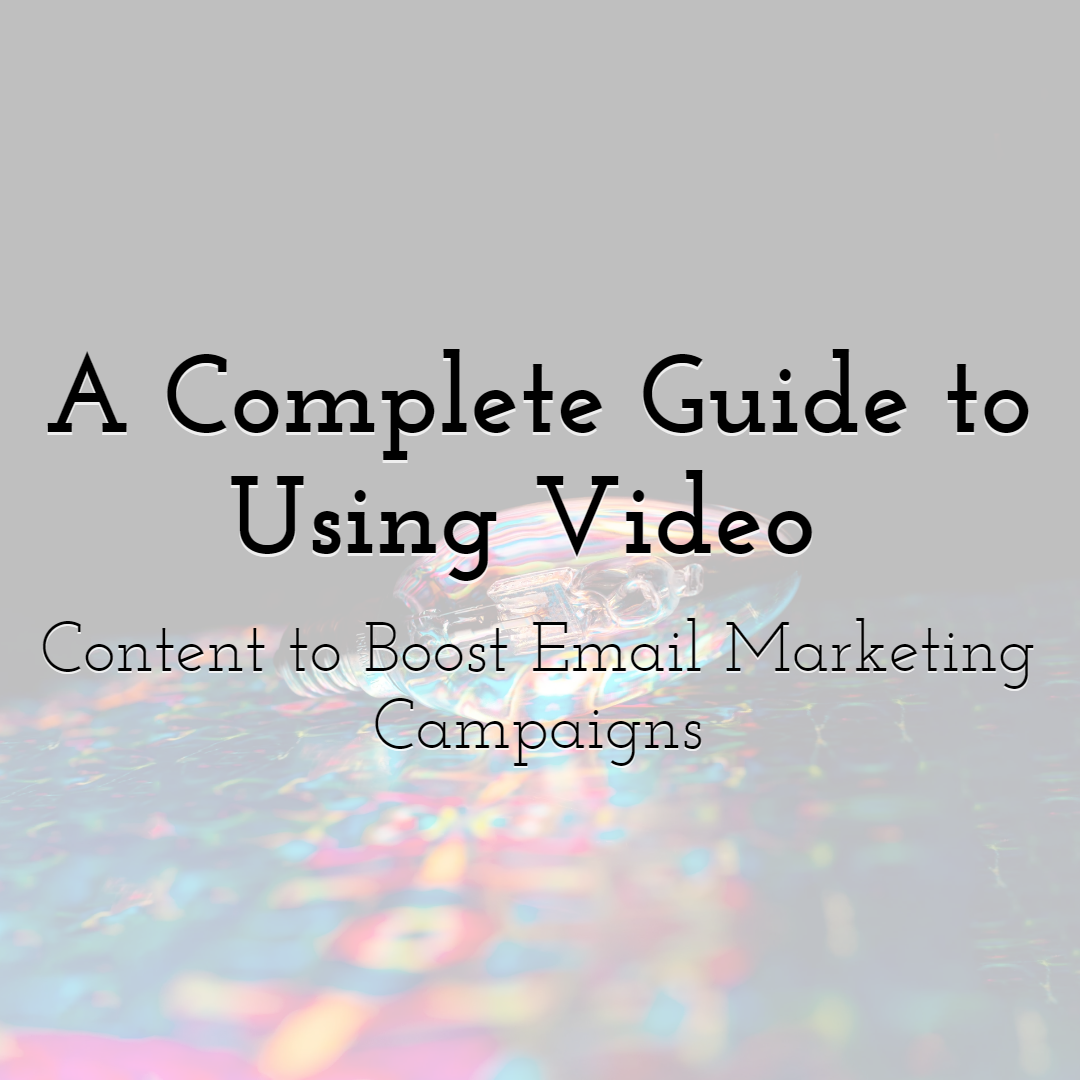
A Complete Guide to Using Video Content to Boost Email Marketing Campaign...
Read More › -

User Friendly Video Editing Software
Read More › -
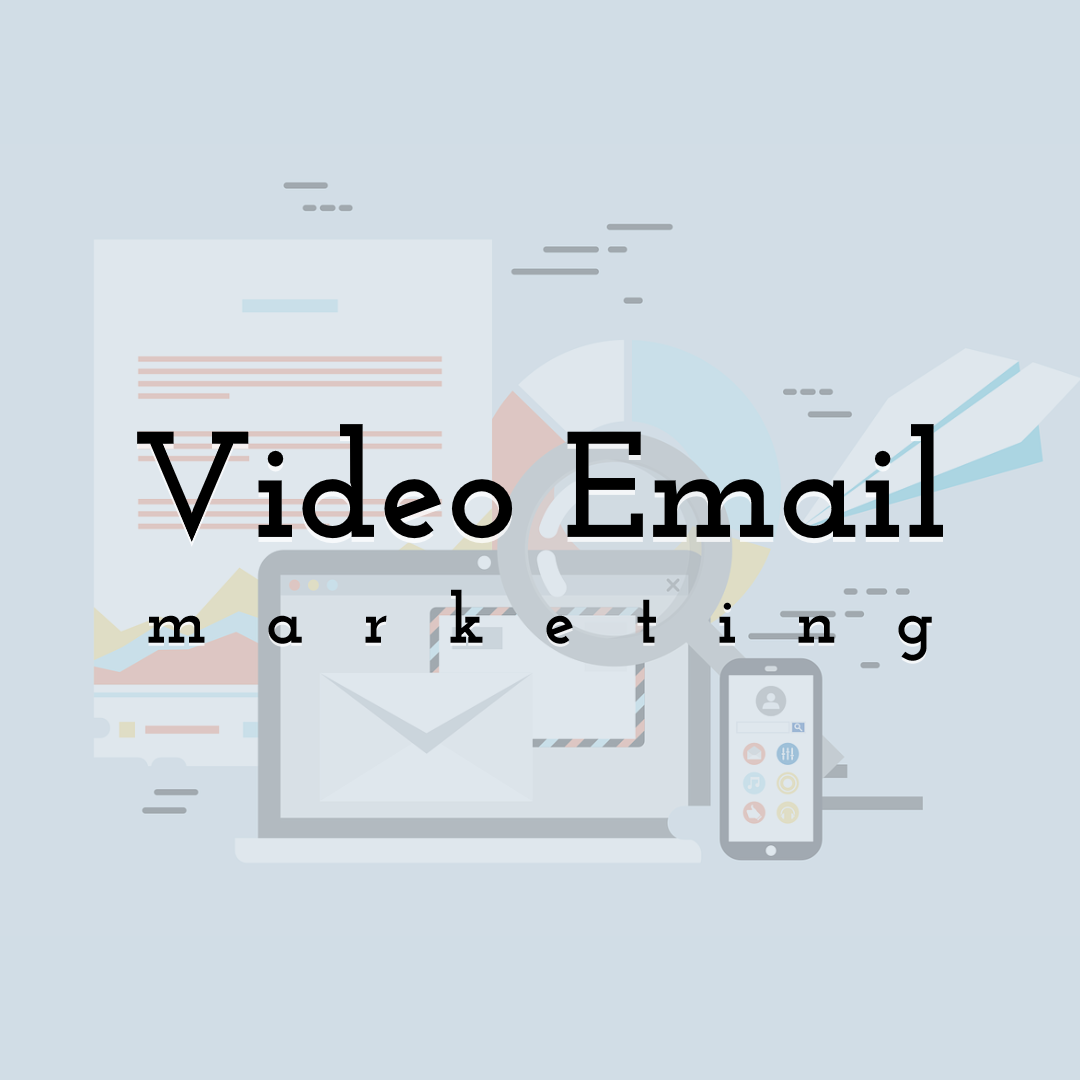
Video Email Marketing - How to Do It and Why You Need It
Read More › -
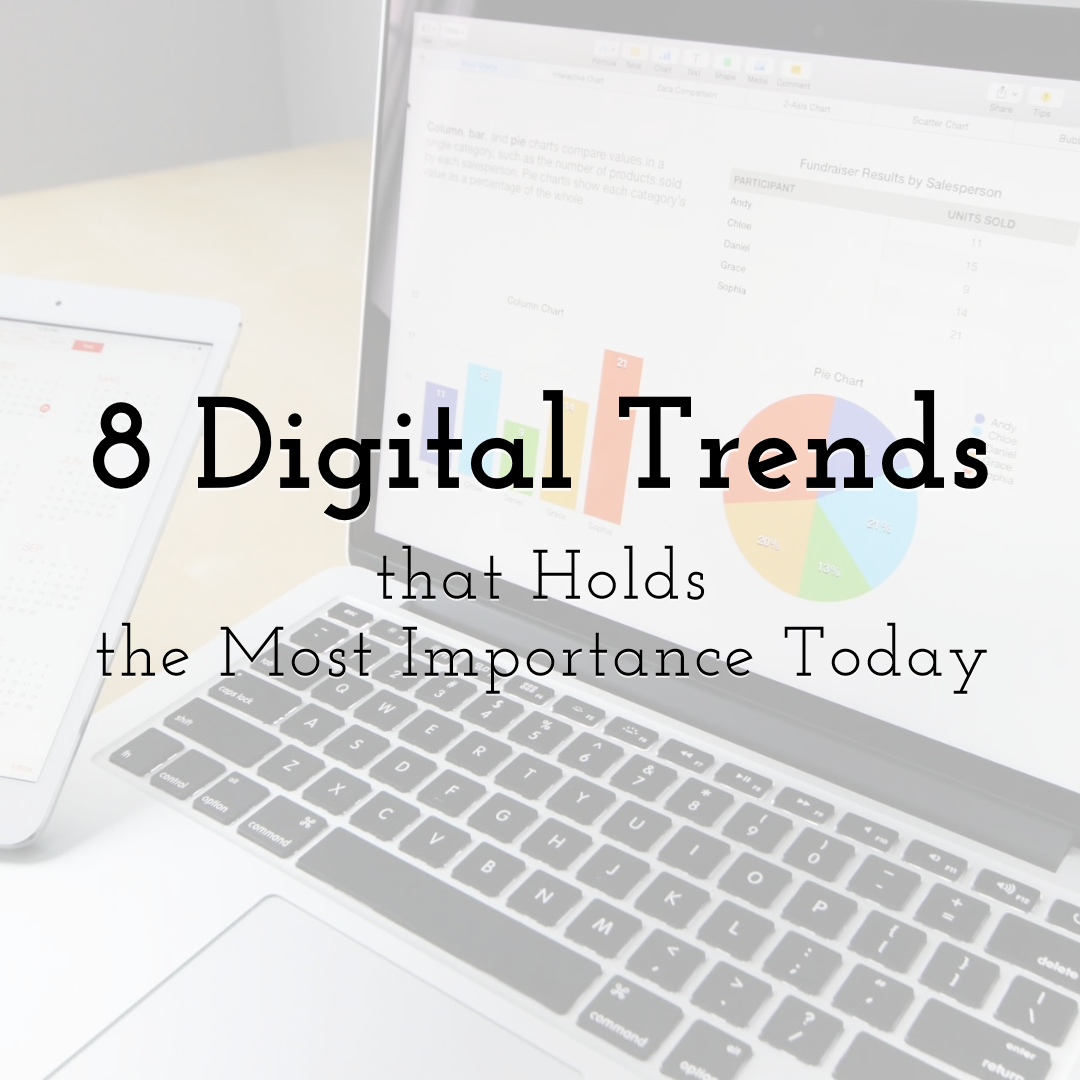
8 Digital Marketing Trends That Holds the Most Importance Today
Read More ›
